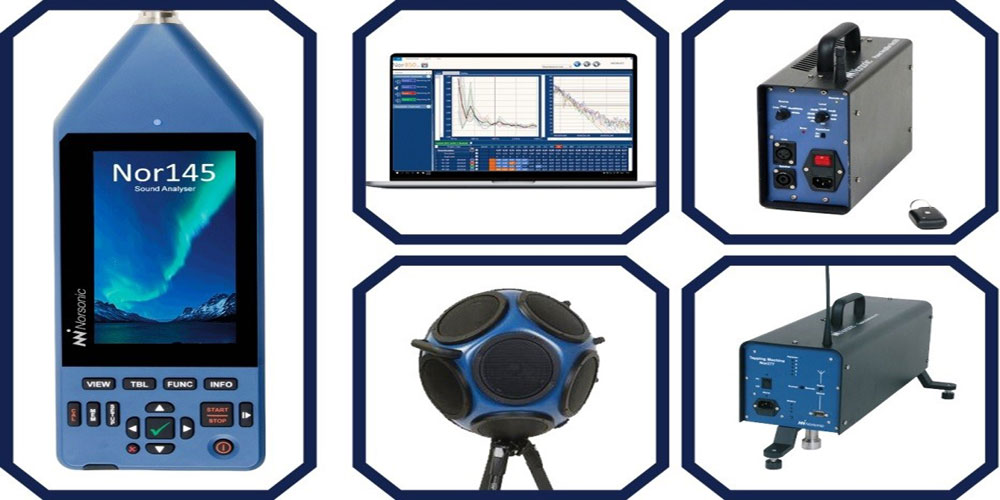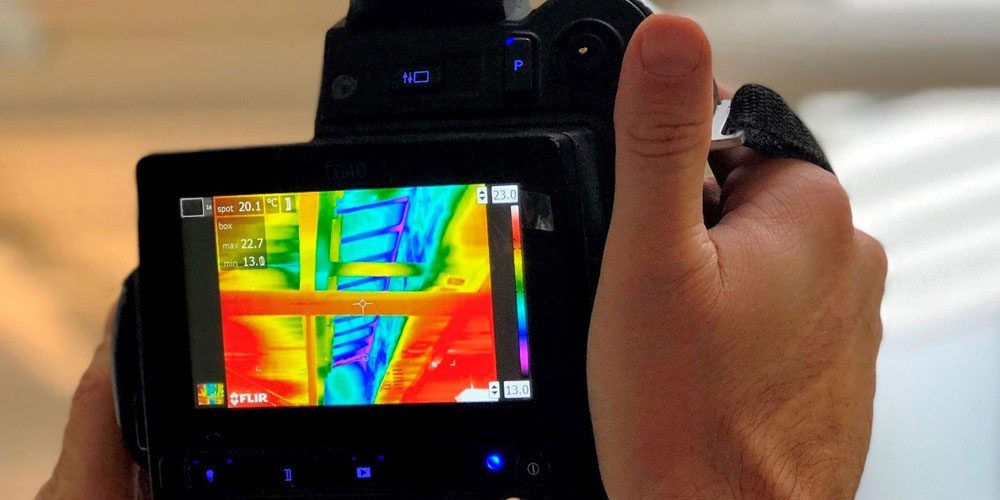
Why Air Tightness Testing Matters
Why Air Tightness Testing Matters
In an era where energy efficiency and environmental responsibility are top priorities in the construction industry, air tightness testing has become an essential part of building compliance. Since 2006, it has been a legal requirement in England and Wales under Building Regulations Part L. But beyond legal obligations, air testing plays a crucial role in reducing energy consumption, minimising environmental impact, and improving indoor comfort.
At APT Sound Testing, we offer professional and reliable Air Tightness Testing services across the UK, working with a wide range of clients, from private homeowners and developers to large-scale commercial contractors. What sets us apart is our commitment to quality, our comprehensive services, and our status as one of the few UKAS-accredited companies able to carry out both air and sound testing under one roof.
The Importance of Air Tightness Testing
Air tightness refers to how well a building can prevent the uncontrolled flow of air through gaps and cracks in its structure. In layman’s terms, it’s about reducing draughts and unwanted ventilation that leads to energy loss. Building Regulations refer to this as “air leakage,” and the more airtight a building is, the more energy efficient it becomes.
If a building isn’t airtight, heated or cooled air can escape, making heating and cooling systems work harder. This not only increases energy bills but also contributes to higher carbon emissions. In response, regulations now require new developments to meet specific air permeability rates, usually around 5.0 m³/hr/m² for residential dwellings. Commercial properties often face even stricter standards, with targets as low as 3.0 m³/hr/m².
But airtightness isn’t just about energy efficiency. It also affects the long-term health of a building. For example, in colder months, moist indoor air can escape into the walls and cause condensation within cavities. This can lead to mould, damp, and even structural rot, all of which are expensive and disruptive to fix.
Comprehensive Testing Packages
APT Sound Testing is uniquely positioned to help developers meet their compliance goals efficiently and cost-effectively. We provide combined Air, Sound, and Vent Testing packages, often completing all three during a single site visit. This streamlined approach not only saves money but also improves on-site coordination and reduces delays.
We believe in doing the job properly, so unlike many other providers, we never subcontract our work. Our in-house team of multi-skilled, UKAS-accredited engineers carry out all testing to the highest professional standards.
Many of our clients take advantage of our three-step pre-completion package, which includes:
- Air Tightness Testing – to assess and reduce air leakage.
- Sound Insulation Testing – to ensure acoustic performance between walls and floors meets regulatory standards.
- Ventilation Testing – to verify that airflow systems meet design specifications and building codes.
This all-in-one solution means fewer contractors to manage, fewer appointments to schedule, and faster results.
Support from Design to Completion
Achieving air tightness begins long before the test itself. At APT Sound Testing, we provide design-stage consultancy to identify potential problem areas before construction even begins. Our experienced consultants review architectural drawings and offer expert advice on construction techniques and materials that will help your project meet its targets.
This early intervention helps avoid costly delays or retesting later on. We also conduct on-site inspections and walkthroughs to ensure the building is prepared before the final air test, significantly increasing the chance of a first-time pass.
Flexible Testing to Suit Your Schedule
We understand that construction sites are busy places, often running on tight deadlines. That’s why we offer flexible scheduling, including weekend and out-of-hours testing. This ensures your project stays on track without disrupting other critical work during normal hours.
Whether you’re managing a small residential build or a major commercial development, our goal is to make the compliance process as smooth and stress-free as possible.
Expert Advice and Friendly Service
Our clients appreciate our professional yet approachable service. We’re always happy to answer questions, explain procedures, and work closely with your site team to ensure successful outcomes.
Whether you’re new to air testing or an experienced builder looking for a reliable partner, we’re here to help. Our team of air tightness experts can provide tailored advice based on your project’s unique needs.
Get in Touch
If you need assistance with air tightness testing, or would like to explore our full suite of compliance services, contact APT Sound Testing today. Use our simple online contact form or call our offices at 01525 303905 to speak with one of our knowledgeable consultants.
We’re ready to support your project from planning through to completion with professional service, competitive pricing, and industry-leading expertise.









